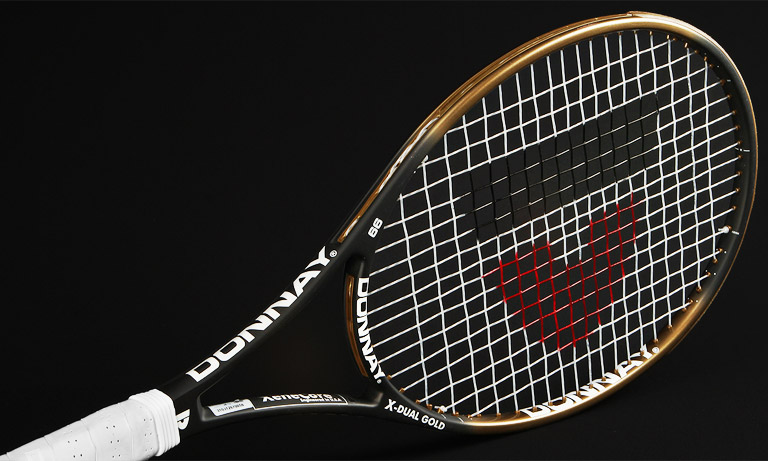By all reports, Apple’s 13-inch MacBook Pro is its hottest-selling computer these days, and for good reason. The price isn’t stratospheric, its features are well-balanced, its style is impeccable and its battery life is superb. However, the cheapest aluminum Apple portable had been lagging behind the rest of the computer world, foregoing the latest graphics and CPU technologies… until April 13. At that point, Apple announced specification bumps across the board for their MacBook Pro line. At first glance, the 13-inch MacBook Pro was the least impacted by these changes as this model still includes a Core 2 Duo processor, with only the most minor of speed increases. Yet there were two very important enhancements made to that line: significantly better graphics and significantly better battery life.
From the outside, the new MacBook Pro is no different than its immediate predecessors. You get gigabit Ethernet, FireWire 800, mini DisplayPort, two USB ports, a SD card reader, and a headphone jack on the left side of the computer, in addition to a battery meter. On the right side is an optical drive, on the front edge is an infrared receiver for the optional Apple remote, and on the back is the screen hinge. Open, the bottom half of the MacBook Pro is dominated by a gargantuan glass touchpad, now with inertial scrolling, though that sort of thing can be implemented in software if anyone had wanted to do so. The keyboard is the same as in previous MacBook Pros: backlit, chiclet, and decent, although not spectacular. One nitpick: the keys are a little too easy to press down for an avid keyboardist like myself. As for the screen, it’s just as bright and vibrant as any other LED-backlit screen on Apple’s recent portables; why mess with success? One design downside: the rather sharp leading edge of the MacBook Pro’s lower half could be a bit more forgiving of hapless wrists.
Performance and battery life, however, are different. The new MacBook Pro beats my current machine, the first MacBook with nVidia graphics (approximately a year old), by one-third on XBench. That said, my MacBook isn’t a MacBook Pro from that era, and XBench is a synthetic benchmark. The results do line up though with increases in the graphics performance over the previous-generation nVidia chip. Put another way, the last generation of MacBook Pro wasn’t horrible at gaming, and this generation will be significantly better than that baseline.
On the battery life front, Apple is finally succumbing to marketing hype. You’ll need to relegate your on-battery tasks to light web surfing and document viewing to get a full ten hours of battery life but ten hours is nonetheless an impressive number for a full-featured notebook that weighs a mere 4.5 pounds, and the MacBook Pro will still last a solid seven hours when performing more intensive tasks, which is an improvement over the last generation. So, in the end, an iPad will outlast a MacBook Pro when doing the same tasks, but not by much.
If you’re considering buying a new computer and want loads of battery life, good performance and a thin-and-light form factor, the new MacBook Pro fits the bill. The system might get a Core i5 upgrade (and a significant CPU performance boost along with it) six months down the road, but the new, current generation is still a good buy. You can find the ‘Book at the Mines book store, where the educational pricing on the model that I tested is $1099. Thanks to the book store for loaning me a unit fo rreview.
{jcomments on}


'Tech Break: Early 2010 MacBook Pro 13″' has no comments
Be the first to comment this post!